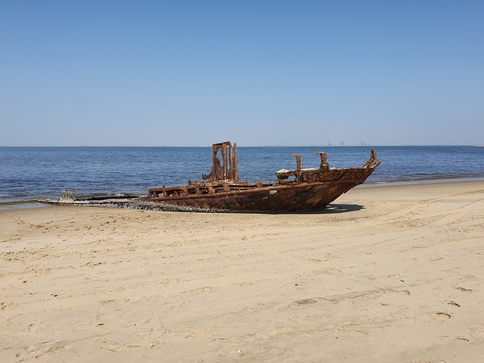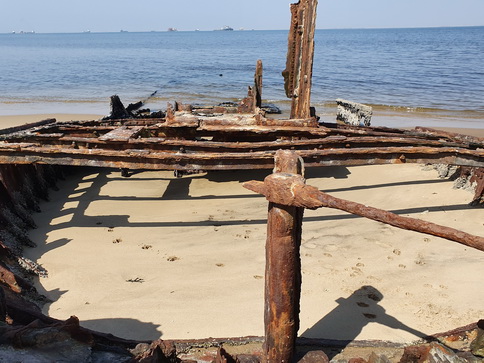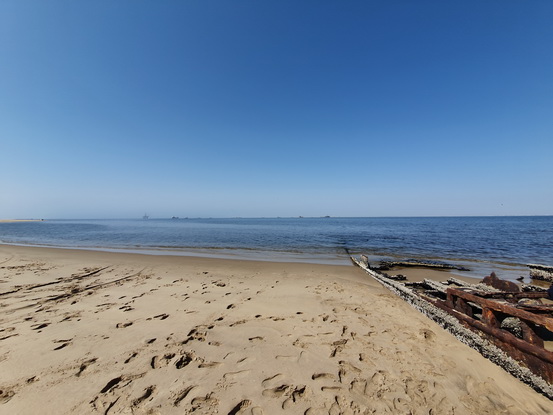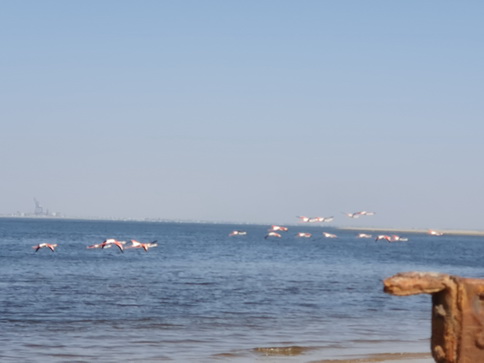 Safaris
Bergsteigen
Wandern
Inselwandern Weltweit
Safaris
Bergsteigen
Wandern
Inselwandern Weltweit
 Europa
Inselwandern
Europa
Inselwandern
 Städtewandern
Städtewandern
 Paintings
Paintings Dirk Rauschenbach
Dirk Rauschenbach
 Safaris
Bergsteigen
Wandern
Inselwandern Weltweit
Safaris
Bergsteigen
Wandern
Inselwandern Weltweit
|
 Europa
Inselwandern
Europa
Inselwandern
|
 Städtewandern
Städtewandern
|
 Paintings
Paintings |
 Dirk Rauschenbach
Dirk Rauschenbach
|
|
Back Namibia Overview Erindi Ondekaremba Swakop Wuestenquell Biltong
 |
 |
| Walfischbucht Walfishbay Namibia Pelicanpoint Pelicanbay Shipwreck | Walfischbucht Walfishbay Namibia Pelicanpoint Pelicanbay Shipwrecks Shipwreck |
 |
 |
| Walfischbucht Walfishbay Pelicanpoint Namibia Pelicanpoint Pelicanbay | Walfischbucht Walfishbay Namibia Pelicanpoint Pelicanbay |
 |
 |
| Walfischbucht Walfishbay Pelicanpoint Namibia Pelicanpoint Pelicanbay | Walfischbucht Walfishbay Namibia Schiffswrack wellen Wind Sonne und Salz ausgeliefert |
 |
 |
| Walfischbucht Walfishbay Pelicanpoint Namibia Pelicanpoint Pelicanbay | Walfischbucht Walfishbay Namibia Pelicanpoint Pelicanbay |
|
|
|
| Walfischbucht Walfishbay Pelicanpoint Namibia Pelicanpoint Pelicanbay | Walfischbucht Walfishbay Namibia Pelicanpoint Pelicanbay |
|
|
|
| Walfischbucht Walfishbay Pelicanpoint Namibia Pelicanpoint Pelicanbay | Walfischbucht Walfishbay Namibia Pelicanpoint Pelicanbay |
|
|
|
| Walfischbucht Walfishbay Pelicanpoint Namibia Pelicanpoint Pelicanbay | Fishermen mit altem Fj 45 und Boot Pelicanpoint Pelicanbay |
|
|
|
| Austern Austernbänke Namibia
Pelicanpoint Pelicanbay
The Pelican Bay Shipwreck is a fascinating and photogenic wreck located near Pelican Point, close to Walvis Bay, Namibia. This shipwreck is a popular attraction for photographers, history enthusiasts, and visitors exploring the Skeleton Coast. Here’s everything you need to know about the Pelican Bay Shipwreck: About the Pelican Bay Shipwreck
Why Visit the Pelican Bay Shipwreck?
How to Visit the Pelican Bay Shipwreck
Tips for Visiting
Nearby Attractions
|
Walfischbucht Walfishbay Namibia Pelicanpoint
Pelicanbay
The Pelican Bay Shipwreck is one of the iconic shipwrecks found along Namibia's Skeleton Coast, specifically in the area near Pelican Point. The Skeleton Coast is renowned for its eerie atmosphere and shipwrecks due to the hazardous conditions created by the rough seas and unpredictable fog. Details about the Pelican Bay Shipwreck:
Visiting the Pelican Bay Shipwreck:
The Pelican Bay Shipwreck and the surrounding area are part of the allure of Namibia’s Skeleton Coast, where nature, history, and adventure collide in a mesmerizing and often surreal landscape. |
![]() 26.07.25 Copyright Dirk
Rauschenbach Koelnerstrasse 293 51702 Bergneustadt
Datenschutzerklaerung 02261 9788972 Mail ccooly(
at) web.de
26.07.25 Copyright Dirk
Rauschenbach Koelnerstrasse 293 51702 Bergneustadt
Datenschutzerklaerung 02261 9788972 Mail ccooly(
at) web.de